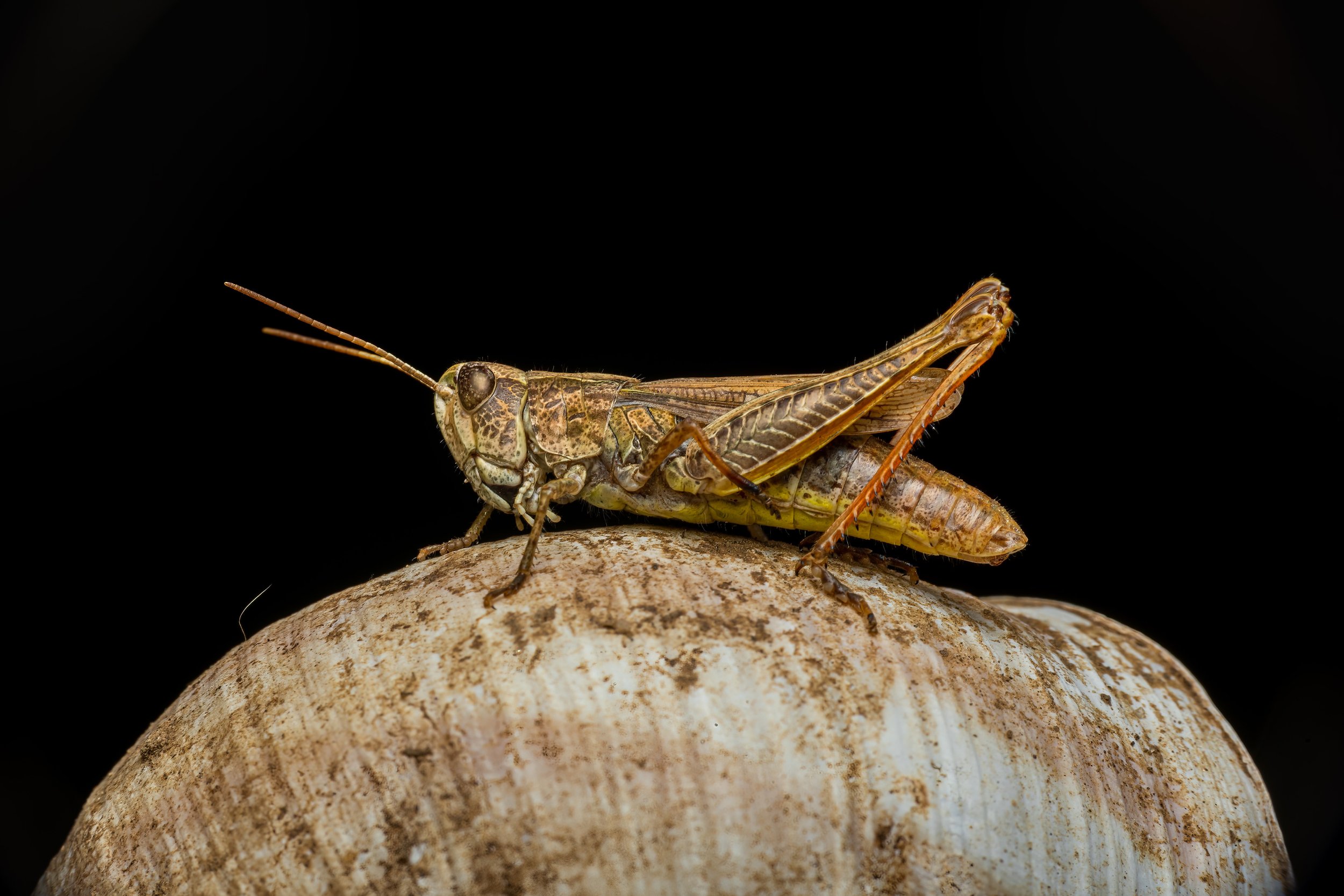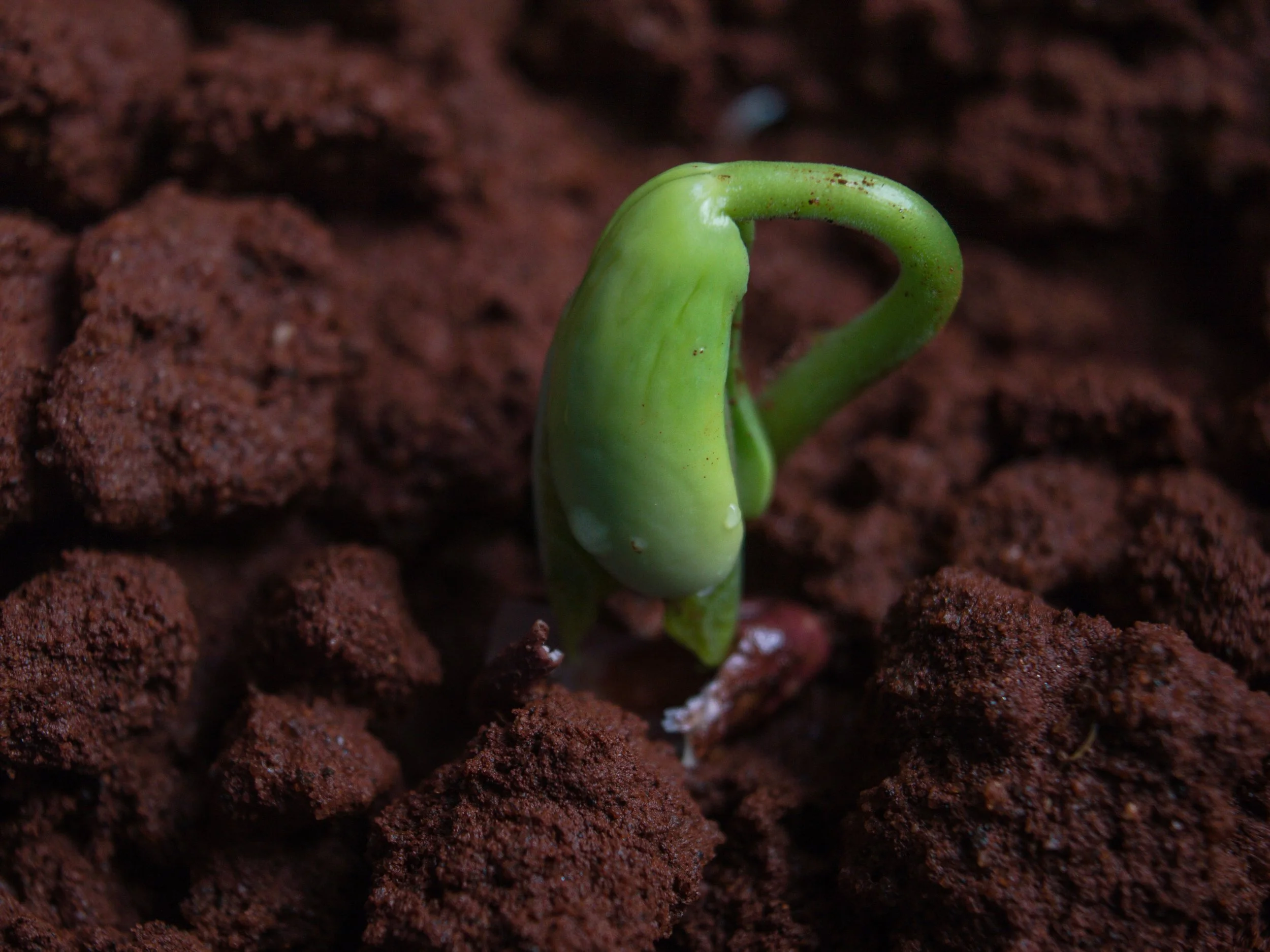Since I’m working on a new edition of my book Camping Activity Book for Families: The Kid-Tested Guide to Fun in the Outdoors, that’s where my head is. So, I thought I’d share a few fun facts about elements of nature.
I LOVE these kinds of facts and factoids!
Did you know that you can use a pine cone to forecast the weather?
Set up a few on a windowsill to create your own pine cone weather station. Pine cones open and close depending on the humidity to help seed dispersal. When the weather is dry a pine cone opens up to let the wind catch the seeds and send them further away where they have room to sprout and grow.
Photo by Robert Zunikoff on Unsplash
If it’s humid and rain is likely, a pine cone closes up so the light seeds won’t become water logged, limiting their travel. If seedlings start to grow too close to the parent tree, they’ll have to fight for resources and might be shaded.
What causes leaves on trees to change color in the fall?
Photo by Yoksel 🌿 Zok on Unsplash
Some leaves contain other pigments besides green (chlorophyll). They may also contain yellow, orange, and red pigments. In most of the life of a leaf, you don’t see these pigments, because the green color of chlorophyll is so strong it masks any other pigment.
But those colors shyly play a role in the health of the tree. Yellow, orange and red can transfer the sunlight energy they capture to chlorophyll. They’re kind of like photosynthesis’ faithful sidekicks.
When a leaf gets old, the tree reabsorbs the chlorophyll from its leaves. It can reuse the nitrogen in the chlorophyll molecule. With the absence of green, the other colors show through.
The fall colors, red, orange and yellow, are called carotenoids. You can also find them in corn (xanthophylls are yellow), carrots (carotenes are orange) and blueberries and cherries (anthocyanins are reddish).
Anthocyanin pigments are ONLY produced in the fall when it is bright and cold. The trapped sugar in the leaves’ veins promotes the formation of anthocyanins, which are used for plant defense.
Cool, huh?
The Guys in the Cricket Band
Photo by Ivan Ivanovič on Unsplash
Only male crickets make song. They have comblike structures on their wings that produce a chirping sound when they rub them together. They sing mostly to attract females but sometimes to ward off other male crickets. There are over 900 species around the world, and in some places, crickets are a symbol of good luck.
The Lowdown on Lizards!
Photo by verdian chua on Unsplash
Lizards first appeared on Earth over 200 million years ago. There are over 4,600 lizard species, with new types still being discovered. Many lizards have extremely good color vision and smell with their tongues. They don’t have earflaps like mammals do. Instead, they have ear openings to catch sound, and their eardrums are just below the surface of their skin. Lizards can’t hear as well as people, but their hearing is better than that of snakes. When young lizards grow, their scaly skin doesn’t. That’s why they have to shed or molt old skin, usually in large flakes. (The alligator lizard sheds its skin in one piece like a snake.) Male lizards do push-ups to try to attract a female’s attention.
The largest lizard in the world is the Komodo dragon, which can grow up to 10 feet long and weigh 150 pounds. This giant reptile can only be found on a few Indonesian islands, including Komodo. The smallest lizards in the world are also island lizards: the Jaragua lizard, a dwarf gecko found in the Dominican Republic, and tiny leaf chameleons from Madagascar. The smallest measures 0.064 inch (15 mm) from the tip of the snout to the base of the tail.
Bug versus Insect
What is the difference between a bug and an insect, or do the two words mean the same?
We tend to use the word “bug” loosely for any very small creature with legs. However, a true bug is one type of insect. True bugs, such as beetles, usually have tough forewings and lack teeth. True bugs have a stylet (a mouth shaped like a straw) that they use to suck juices from plants.
Insects, like bees and mosquitoes, have three—part bodies, usually two pairs of wings, and three pairs of legs. Arthropods (spiders, ticks, centipedes, and the like) are in a separate category from bugs and insects.
But you can still call them all bugs! It has become a common term for all these little critters.
The Scoop on Seeds
The biggest seed in the world is the coco de mer (Lodoicea maldivica), also known as the double coconut or love nut. It grows only in the Seychelles, a group of islands in the Indian Ocean. It weighs up to 38 pounds and is the shape of a human bottom!
The smallest seeds in the world are those of epiphytic orchids (family Orchidaceae) in the tropical rain forest. Some seeds are only 1/300th of an inch and weigh only 1/35,000,000th of an ounce. They are too small to be seen by the naked eye.
The record for the oldest seed ever grown is a 2,000-year-old date palm recovered near the Dead Sea, bordering Jordan and Israel. When botanists (plant scientists) germinated them, one of the seeds grew.
Three seeds feed most of the world: rice, wheat, and maize (corn).
Seed Engineering. Seeds that can fly, like those of the sycamore tree and dandelion, may have given people the idea for helicopters and parachutes. The idea for Velcro came from a burdock seed. Swiss engineer Georges de Mestral returned with his dog from a hunting trip in the Swiss Alps and saw that his pant legs and his dog’s hair were covered in burrs from the burdock plant. As an engineer, he naturally began to wonder how exactly the seeds stuck so effectively to his pants and his dog. He examined the burrs under a microscope and discovered that they had very tiny hooks, which allowed the seeds to catch onto fabrics, which have tiny loops. The word Velcro is a portmanteau of the two French words velours (“velvet”) and crochet (“hook”).
Photo by Gabriel Kidegho on Unsplash





